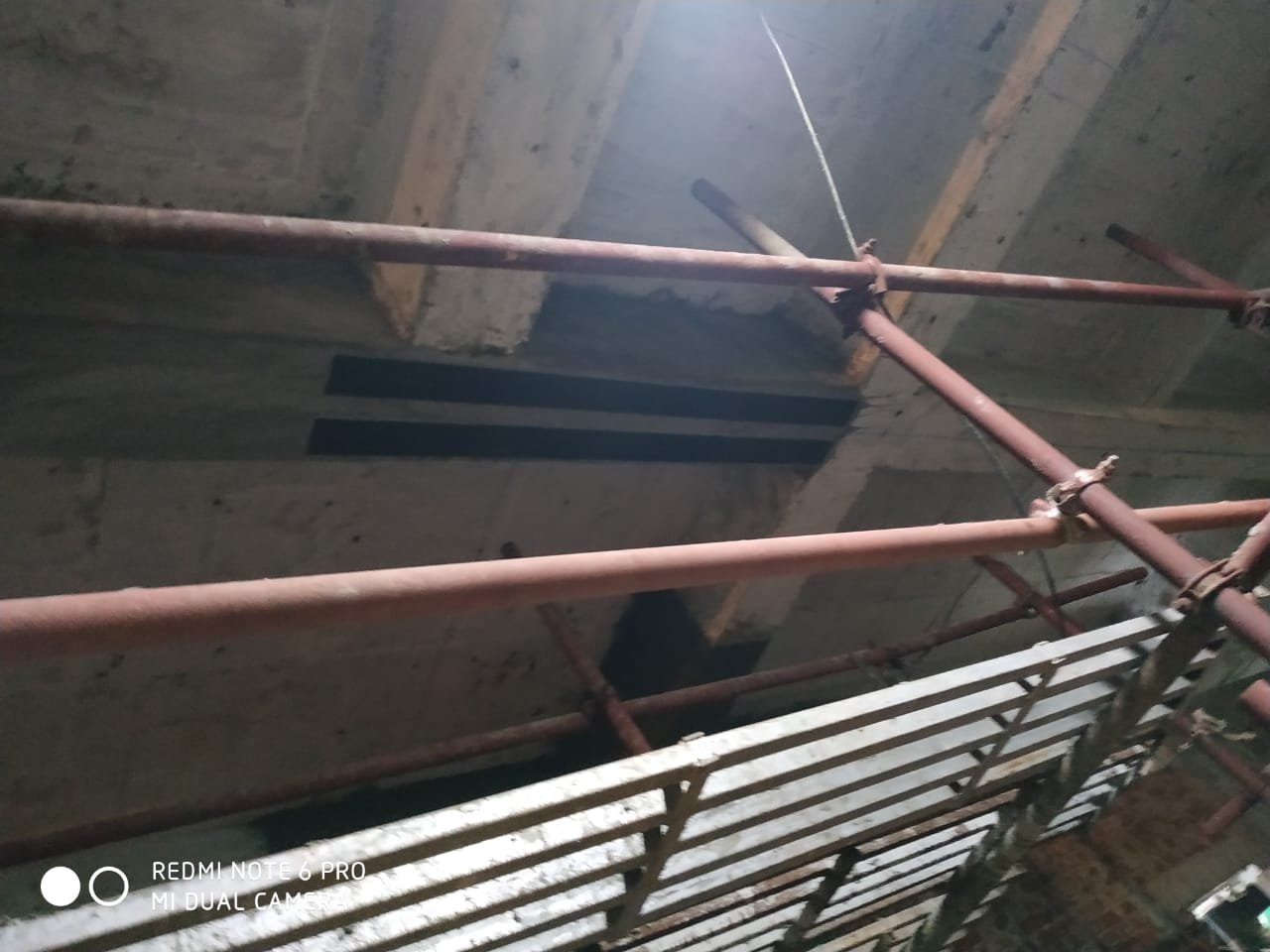Modern cities are filled with old buildings, bridges, and infrastructure that face the test of time. Cracks, dampness, corrosion, and weakened foundations make structural repairs essential for ensuring safety and longevity. Homeowners, commercial property managers, and developers are increasingly turning to effective repair solutions instead of complete demolition. This approach saves cost, conserves resources, and brings structures back to life while meeting modern safety standards and regulations.
Why Structural Repairs Are Important
With rapid urbanization, many buildings in India are more than 20–30 years old. These structures were not designed to handle today’s traffic loads, seismic activities, or environmental stress. Over time, issues such as cracks in concrete, water seepage, rusting steel reinforcements, and foundation settlement can compromise safety. Structural repairs help in strengthening weak elements, restoring durability, and extending the life of structures without rebuilding from scratch.
Common Structural Problems in Buildings
Understanding common issues is the first step to timely action. Many buildings face problems like hairline cracks in walls, slab leakage, spalling concrete, rusted rebars, and settlement cracks near the foundation. In high-rise apartments, water tanks and terrace slabs often develop seepage problems. Commercial structures may show joint failures or beam deflections. Without structural repair, these issues grow severe, resulting in high risks and costly restoration later.
Signs That Indicate Structural Repairs Are Needed
Homeowners and facility managers must recognize early warning signs to avoid major failures. Visible cracks wider than 2mm, damp patches, sagging beams, or hollow-sounding plaster indicate deeper problems. Tilted columns, uneven flooring, and corroded reinforcement bars are serious red flags. If left unattended, these can compromise safety and usability. Professional inspection is crucial to determine whether structural repairs like grouting, jacketing, or retrofitting are required to restore strength.
Modern Techniques Used in Structural Repairs
Today’s repair methods go beyond simple patchwork. Engineers use advanced techniques such as carbon fiber wrapping, micro-concrete jacketing, epoxy grouting, shotcreting, and steel jacketing of columns. These modern methods improve load-bearing capacity and durability without altering the building’s appearance. The choice of technique depends on the type of damage and structure’s function. Adopting innovative structural repair methods ensures long-term safety while reducing maintenance needs in residential and commercial projects.
Benefits of Structural Repairs Over Reconstruction
Demolishing and rebuilding a structure is costly, time-consuming, and environmentally unsustainable. Structural repairs offer a smarter alternative. Repairing allows owners to strengthen foundations, beams, and columns at a fraction of the cost. Repairs also minimize downtime, which is critical for commercial spaces. Additionally, retrofitting keeps heritage buildings intact while meeting modern codes. In comparison, reconstruction demands higher investment, legal approvals, and extended project timelines, making repairs a far more practical choice.
Structural Repairs for Residential Buildings
In residential buildings, structural issues often appear in balconies, slabs, staircases, and foundations. Homeowners face common challenges like seepage, cracks, and corrosion due to water leakage. Residential structural repairs focus on ensuring safety while improving the building’s livability. Strengthening measures like carbon wrapping, column jacketing, and waterproofing treatments are commonly applied. Timely repairs not only enhance safety but also protect property value, giving peace of mind to residents and property buyers.
Structural Repairs for Commercial and Industrial Properties
Commercial and industrial structures often bear heavier loads, machinery vibrations, and environmental exposure. Warehouses, office complexes, and factories face issues like settlement cracks, floor damage, and steel corrosion. Ignoring these problems can disrupt operations and pose safety hazards. Structural repair for commercial properties ensures uninterrupted functioning, compliance with safety norms, and extended lifespan of assets. Proper restoration safeguards businesses against accidents, insurance claims, and revenue losses caused by structural failures.
Role of Structural Engineers in Repairs
Effective structural repair work requires expertise. Structural engineers assess damages, analyze load-bearing capacities, and suggest suitable solutions. They use non-destructive testing methods like ultrasonic pulse velocity and rebound hammer tests to diagnose hidden issues. Engineers also design customized repair strategies based on soil condition, material strength, and building usage. Professional involvement ensures that repairs are not temporary fixes but sustainable solutions, restoring the structure’s stability and performance for decades.
In today’s fast-growing cities, buildings and infrastructure face constant wear and tear. Ignoring small cracks or leaks can lead to severe structural failures. By investing in timely structural repairs, property owners ensure safety, stability, and financial savings. Whether residential or commercial, professional repair solutions provide the strength structures need to withstand future challenges. The right repair approach not only restores the present condition but also secures the structure for decades ahead.


















































































































































































































































































































































































































































































































































































































































































































